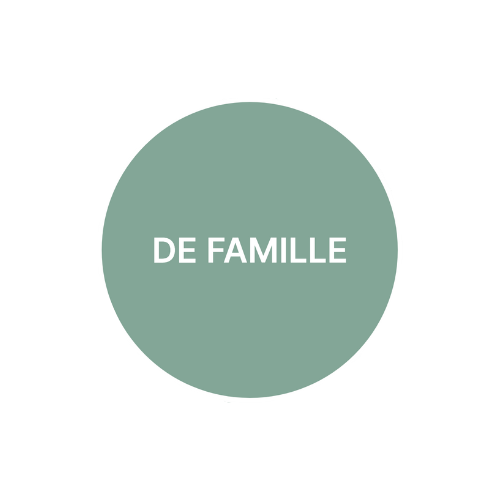The Sarreguemines Earthenware Factory

 |
The history of the Sarreguemines earthenware factory began in the 1790s thanks to Nicolas-Henri Jacobi and two other partners. The Jacobi brothers and Joseph Fabry joined forces to create their earthenware factory. The small business was established in an oil mill on the banks of the Sarre River: a river that would transport the wood from the Vosges forests needed to operate the kilns and power the machines. |
|
Paul Utzschneider breathed new life into the company by introducing new decorative techniques and diversifying its materials: colored earthenware, fine earthenware, and stoneware. The factory thrived, and Napoleon I became one of its favorite clients. |
 |

|
In 1871, the Moselle region was indexed to Germany; Alexandre de Geiger entrusted the management of the factory to his son Paul. His daughter Elisa married Hippolyte Boulenger, director of the Choisy-le-Roi earthenware factories. |
|
As the years passed, the factory was placed under receivership during the Second World War, and its management was then entrusted to Villeroy & Boch until 1945. In 1978, the Fénal family took control of the Sarreguemines factory and its subsidiaries. The Lunéville-Badonviller-St Clément group became one of the largest ceramics groups in Europe: the group decided to abandon the creation of tableware and focus on the production of tiles. This decision would prove fatal for them and gradually led to the definitive closure of the Sarreguemines earthenware factory in 2007. |
 |
